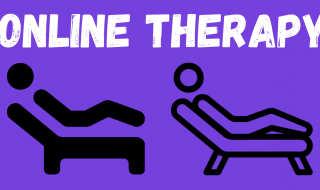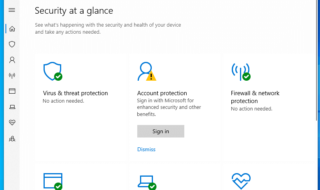5 Tips for Designing a House With Software
If you’re building a house, or looking to do a renovation or addition for your current home, you may want to consider home design software. It allows you to get a good feel for exactly what the design will look like before you start the project.
Tips for Using Home Design Software

Home design software consists of DIY tools that anyone can use on their personal devices to create a floor plan and design for both new builds and renovations – without needing advanced degrees in architecture and design. But to get the most out of these tools, there are some tips you’ll need to follow.
- Choose the Right Software
It’s imperative that you find the software that fits your project’s needs. There are plenty of different home design programs available, ranging from simple apps for basic layout planning to advanced software used by professional architects.
If you’re a beginner, look for user-friendly software with intuitive controls and a gentle learning curve. Programs like SketchUp, RoomSketcher, or the Home Design 3D app are great starting points. For more complex or detailed projects, software like AutoCAD or Chief Architect offers advanced features and greater flexibility.
If you’re just looking to design a single room or area of your existing home, you may even look for a specialized software. For example RTA Outdoor Living has an outdoor kitchen building software that allows homeowners to insert their measurements and then create a custom kitchen that gets shipped out in modular pieces that are installed on site.
- Learn the Basics
Before diving into your design, take some time to familiarize yourself with the software’s interface and tools. Most programs offer tutorials or help sections to guide new users. Learn how to create and manipulate basic shapes, insert doors and windows, and adjust dimensions.
Understanding fundamentals will make the design process smoother and more enjoyable. If you try to start designing a house without any understanding of how the software works, you’ll end up frustrated and – most likely – will give up before you finish.
- Start With a Floor Plan
Begin by sketching out the floor plan. This is the foundation of your design and helps you plan the layout of rooms, placement of windows and doors, and traffic flow throughout the house. Use the software to play with different configurations until you find a layout that feels right.
As you design the floor plan, consider factors like natural light, privacy, and how different spaces will be used throughout the day. The goal (at least for most families) is to create a highly functional space that also offers pockets of privacy.
If it helps, find existing floor plans online that you like. Then you can tweak and modify them to fit your own styles and preferences.
- Experiment With Advanced Features
One of the biggest advantages of home design software is the ability to create 3D models of your design. This feature lets you visualize how your home will look from different angles and perspectives. You can virtually “walk” through the house, getting a sense of the space, flow, and functionality of each room. Use this feature to adjust room sizes and check sightlines. (You’ll see things you won’t notice when staring at a 2D layout.)
- Customize and Detail Your Design
Now comes the fun part: customizing your design. Modern home design software offers huge libraries of materials, finishes, and furnishings. Play around with different wall colors, flooring materials, kitchen cabinets, and bathroom fixtures to see what combinations you like best. This is also the time to consider exterior elements like siding, roofing, and landscaping. Play around with each of these options to see how they affect the look and feel of your home, both inside and out.
Advanced Tips for Effective Home Design Software Use
As you get more comfortable using home design software, you’ll start to learn some advanced tips and techniques that make the experience of using it much more fluid and less frustrating.
Here are a few to keep in mind:
- Save Regularly: As with any digital project, save your work frequently to avoid losing progress in case of computer issues.
- Use Real Measurements: For renovations or additions, use actual measurements of your existing home to ensure accuracy in your design.
- Consider Functionality: While aesthetics are important, also think about practicality. Make sure there’s enough space for movement, storage, and daily activities.
- Get Feedback: Share your designs with family members, friends, or a professional designer to get different perspectives and ideas.
- Keep Learning: As you become more comfortable with the software, explore more advanced features that can enhance your design, like lighting effects, landscape tools, and detailed interior decorating.
Adding it All Up
For the first time ever, home design software has given the average homeowner the ability to create and design their own spaces without needing advanced training or expensive architects and designers. It also gives homeowners the freedom to visually articulate to their builders what kind of layout or look they’re going for. But if you’re going to rely on it to design your house, make sure you spend some time practicing with it!



